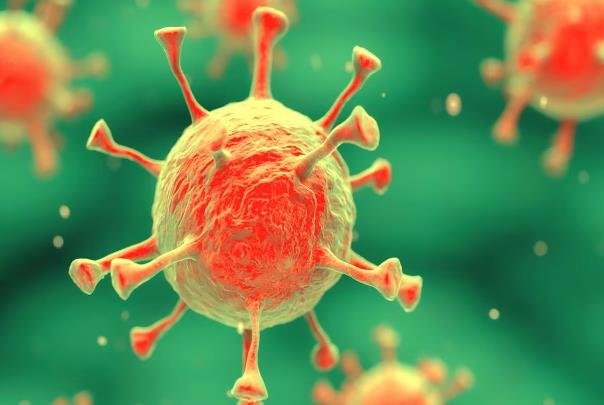A new variant of the coronavirus, named BA.2.86, has been detected in several countries and has raised concerns among health authorities and scientists. The US Centers for Disease Control and Prevention (CDC) has issued a warning that the variant may be more infectious and capable of causing infection in previously infected or vaccinated individuals.
What is BA.2.86 and where did it come from?
BA.2.86 is a sublineage of the omicron variant, which was the dominant strain of the virus in early 2022. However, BA.2.86 has acquired a large number of mutations, especially in the spike protein, which is the part of the virus that attaches to human cells and is targeted by the immune system.

According to an analysis by Jesse Bloom, a viral evolutionary biologist at the Fred Hutchinson Cancer Center in Seattle, Washington, BA.2.86 has 36 additional mutations that distinguish it from the omicron XBB.1.5 subvariant, which is the basis for the new booster vaccines. Some of these mutations are known to increase the ability of the virus to evade antibodies and infect cells.
It is likely that BA.2.86 emerged from a chronic infection in a person with a weakened immune system, who harbored the virus for a long time and allowed it to accumulate mutations. This is similar to how omicron originated in late 2021 in southern Africa.
How widespread is BA.2.86 and how dangerous is it?
As of August 24, 2023, BA.2.86 has been linked to six cases in four countries: Israel, Denmark, United Kingdom and the United States. The World Health Organization (WHO) has classified it as a variant under monitoring, meaning that it has genetic changes that may affect its transmission, severity or immune escape, but there is not enough evidence to determine its impact on public health.
The CDC has also issued a risk assessment summary for BA.2.86, stating that it may be more transmissible and capable of causing infection in previously infected or vaccinated individuals. However, the CDC also noted that there is limited data on the variant and that more studies are needed to confirm its characteristics and implications.
Adam Lauring, a virologist and infectious-disease physician at the University of Michigan in Ann Arbor, whose lab identified one person infected with BA.2.86, said that there is no need to panic yet, but it is important to monitor the variant closely. He added that global immunity to SARS-CoV-2 is higher and broader than ever, thanks to successive waves of infection and vaccination campaigns, which may limit the potential of BA.2.86 to cause another surge.
What are the implications of BA.2.86 for vaccines and treatments?
One of the main questions that scientists are trying to answer is whether BA.2.86 can escape the protection conferred by existing vaccines and treatments. Some of the mutations in BA.2.86 are similar to those found in other variants that have shown reduced susceptibility to antibodies generated by vaccination or previous infection.
However, it is not clear how these mutations interact with each other and how they affect the overall fitness of the virus. Moreover, immunity is not only mediated by antibodies, but also by other components of the immune system, such as T cells and B cells, which may still recognize and respond to BA.2.86.
Therefore, laboratory experiments and clinical studies are needed to determine how well current vaccines and treatments work against BA.2.86. In addition, vaccine developers are already working on updating their products to match new variants as they emerge.
